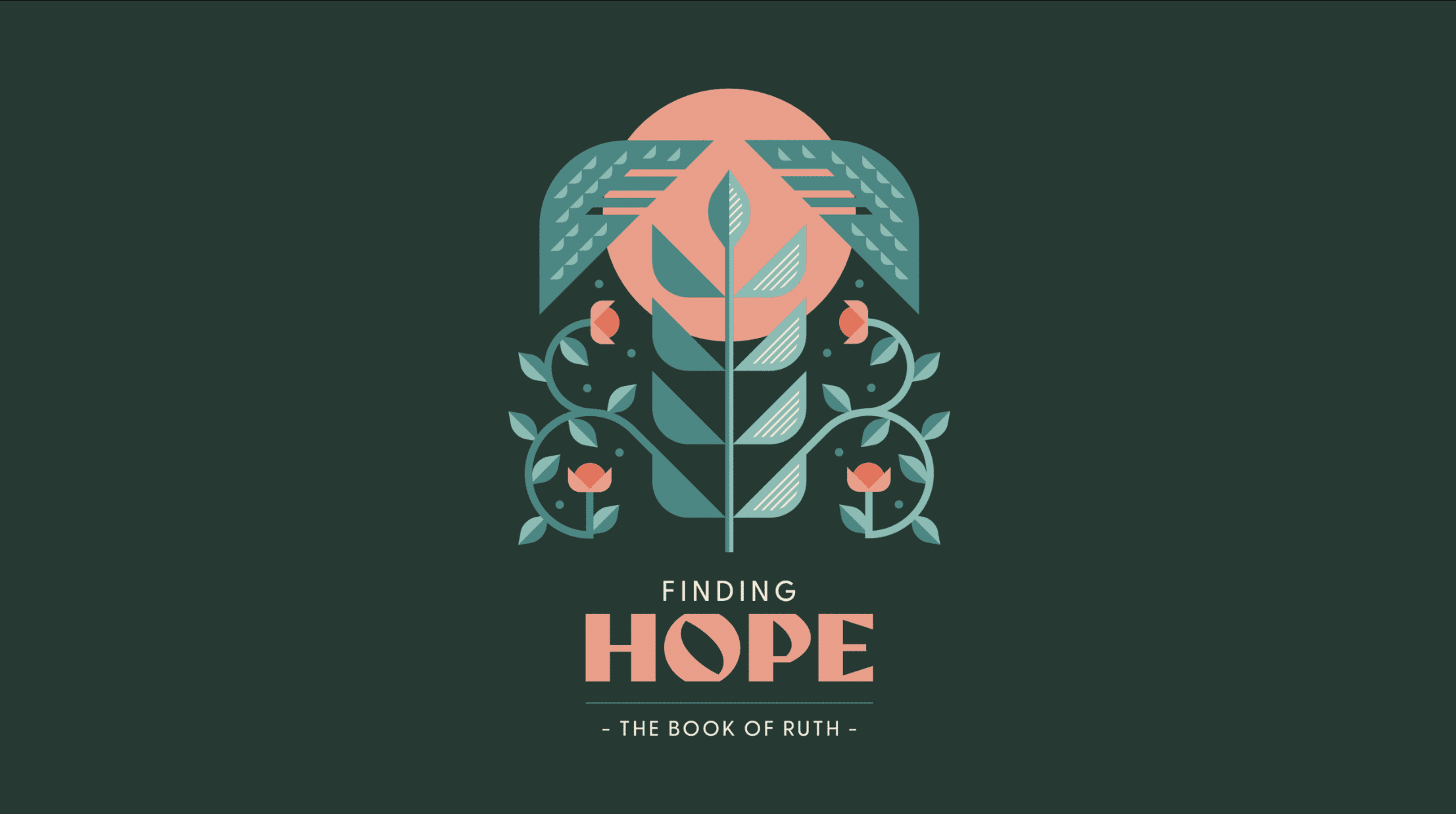It was a tumultuous time when people did whatever they wanted. Basic needs like food were not even accessible. People were leaving the familiarity of home simply to survive. One particular family felt the impact immensely when both the husband and two sons died, leaving behind women who not only lost the loves of their life, but any hope of provision and protection. This is the sober opening of the book of Ruth. We, the reader, are immediately thrown into a world of tragedy and loss.
Maybe this world is familiar to you. Maybe you’re in a season of suffering – whether you’ve experienced betrayal, the loss of your dreams, or ongoing depression; whether your kids aren’t making wise decisions, your boss never validates your hard work, or you wonder if you’ll have the perfect life it seems like everyone else has.
As Naomi walked away from the final grave of the last man in her life, I wonder if that was the moment when doubt and hopelessness began to fill her mind, eventually leading her to express out loud, I once was full but God brought me back empty. I had everything but now I have nothing. Sometimes the pain and loss we face leaves us paralyzed and wondering if anything good lies ahead. Naomi may have felt blinded and unable to see any good, but she could feel her daughter-in-law’s hand and hear her promise that she would not walk away. Ruth and Naomi would set out on a journey together and would see that even in pain, God is still good.
What are the Major Themes in Ruth?
The book of Ruth is a story of tragedy turned to triumph, of emptiness leading to an abundance of blessing, and of unexpected provision from a good God! God’s path to blessing would require two women to walk courageously through pain and into unknown spaces. The thing that would be required of them is to hold on to hope.
Ruth is a story of reversal. In a time when people did whatever they wanted, there was a faithful daughter-in-law who embodied selflessness and would leave her people to journey with her mother-in-law. In a time when famine plagued their country, they would encounter a generous man who ensured they would have provision from his fields. In a time when they both were grieving the loss of their husbands, this man would love Ruth and provide for her. Even more, through their lineage, the Son of God would be born. God reversed everything that was lost and brought them to a place of abundance; He brought them from pain to healing.
The book of Ruth provides glimpses of God’s character that is not bound by time. The God of the book of Ruth is the same God that is ready to enter your pain and bring hope. What do we know about God?
God Knows Our Pain
The same God who was not surprised by a famine or the death of a husband and two sons is the same God who is not surprised by the pain in our life. In fact, Hebrews 4:13 says that nothing in all of creation is hidden from God’s sight. We might hide our pain and act like we’ve got it all together but God isn’t fooled. What’s even more comforting is that God not only knows our pain but feels our pain. The writer of Hebrews continues to write in Hebrews 4:15 that Jesus can sympathize with us because he has been tempted. We serve a God who is intimately involved in the details of our lives and truly cares. In our pain, it’s as if God is saying I see you. I understand. I have felt the pain.
God Uses Others to Lead Us to Healing
When Naomi was ready to walk the journey by herself, Ruth boldly said I’m going with you. I’m not leaving you. Ruth carried Naomi’s burdens and made them her own. This is what it looks like to live out our faith in community. When someone is struggling to hold on to hope, we come alongside them and carry their burdens. We stay committed to helping them find healing in Jesus. When the church is the center of the Christian’s life, we have support to help us when it’s needed the most.
God Never Wastes Our Pain
The book of Ruth begins very differently than how it ends. The loss, the change, and the tragedy of chapter 1 end with provision and blessing in chapter 4. Much of life is living in chapter 1 and having hope that chapter 4 is ahead. In the book of James we’re told that suffering, and the testing of our faith, produce perseverance. We’re urged to let perseverance finish its work, so that we may be mature and complete, not lacking anything. Pain is often the first step to wholeness in Jesus.
God sees the pain of two widows and God sees our pain too. If you know someone in pain today, reach out and point them to the One who will never waste their pain, but will use it for their good and His glory.
To learn more about the book of Ruth, join us for Finding Hope, a 7-week series at Grace. Already part of Grace? Take your next step here.
[/et_pb_text][/et_pb_column][/et_pb_row][/et_pb_section]




